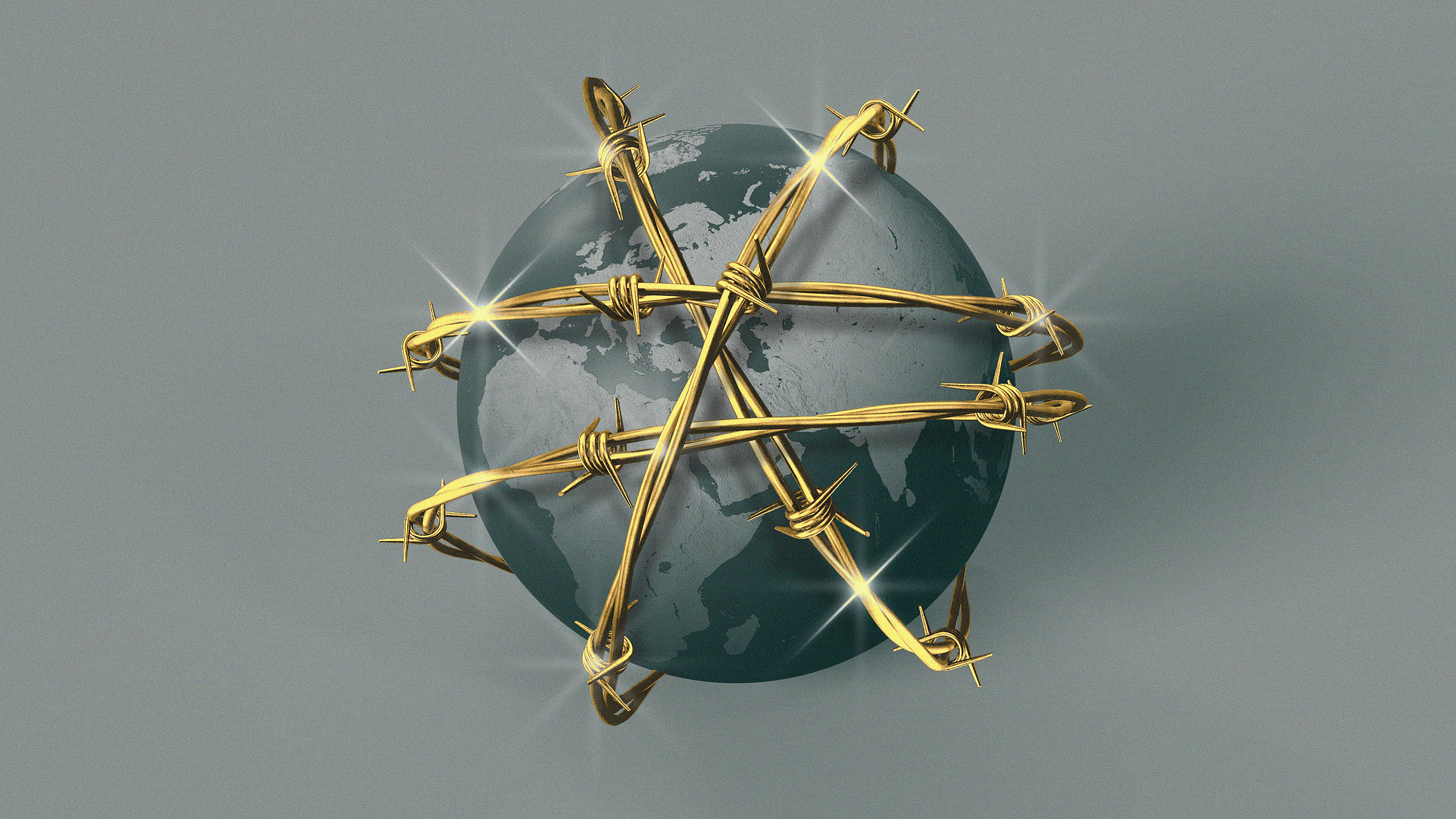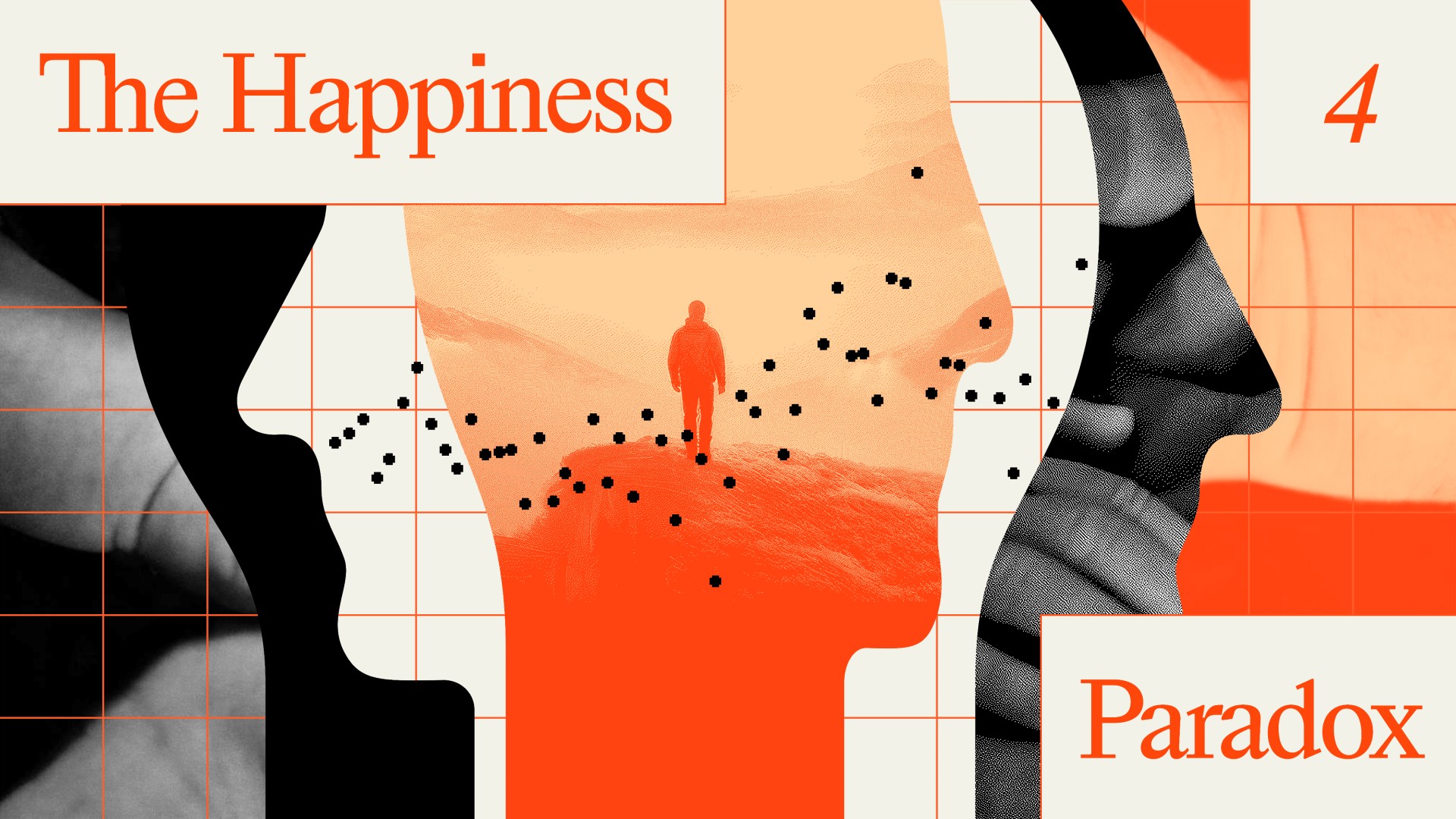Kupperman’s “anti-characters” are born of the absurd.
Question: What inspires your work?
Kupperman: For material, I look to the absurd. So I'm looking for, in some ways, the bad, you know, or the material that's a little off key in some way. There are lots of writers that I enjoy for their excellence, but I wouldn't say they really influence me, you know, in what I do. I love Patricia Highsmith and Phillip K. Dick, Stanislaw Lem, you know, writers, writers like that. But as far as influencing me as a writer, certain kinds of humor, more like. I'd say my writing is actually more influenced by other veins of humor such as television humor, the kind I grew up with, I guess, like SCTV or Monty Python, or certain other kinds of printed humor like, I don't know if you know Viz Magazine, but that was a bit of an influence, you know, there's a tone to it that is just completely beyond any serious consideration of things that I find very appealing.
Question: Why hobos?
Michael Kupperman: Hobos. Well, hobos are kind of a romantic archetype of a way of life that doesn't really exist any more. You don't hear about people riding the rails so much. I mean, I'm sure there are people doing it, but the whole romantic idea of hobos wandering the country, it's a very depression-era, romantic thing, you know, like Little Orphan Annie, or something.
Question: Can you explain where Underpants-On-His-Head-Man came from?
Michael Kupperman: It came from the idea that someone could put their underpants on their head and that would be a kind of disguise. I did it for the Nickelodeon magazine, actually, which sadly just went out of business. And I did a strip for them and then they waited about a year and a half before printing it and didn't seem that enthusiastic for more. But later they did ask for more, but by then , it was too late.
Question: What shaped “Tales Designed to Drizzle?”
Michael Kupperman: Well, my idea was to do kind of a one-man humor magazine and to try to give it a sort of kaleidoscopic feel as if different people were involved, you know, different pieces. So the thing about my comics is they're not really that character based. I don't have that kind of character at the center of the action that a lot of cartoonists do, I mean, I wish I did frankly. I think, you know, if I had characters, I could market those. But some of my characters that have become best known, like Snake 'n' Bacon, they're really anti-characters, there's nothing you can really do with them beyond having them just be passive, like repeating the same phrases every, you know, panel or so.
It is a little bit like certain sit-coms where there's just, yeah, a repetition of the same kind of beat back and forth. But as far as other characters in Thrizzle, there's Pagus, who's the half-brother of Jesus and the god of Paganism, he's been a fairly popular one. Who else? Oh, the tiny, 4playo, the tiny foreplay robot that, he has his fans.
The Mannister has a lot, actually someone who I've made friends with on Twitter recently sent me, they had carved a tiny Mannister for their dollhouse and they sent me pictures of it both standing and installed as a banister. And for those who don't know, the Mannister is the man who can become a banister, which is useful if someone steals the banister.
Question: Do you identify with any of your characters?
Michael Kupperman: No, I don't have any characters that I really identify with. I've toyed with the idea of creating a character that people could identify with in a different way, kind of sarcastic every man. There's an old strip called, The Outbursts of Everett True, which is from, about 100 years ago, or a little more. And it's basically a two-panel set up where someone does something that annoys the main character, who is a stout man, you know, in a hat. And then the second panel is Everett True yells at them and tells them how awful they are. If I was going to do a character that I would identify with, it would probably be something like that.
Recorded on December 19, 2009





